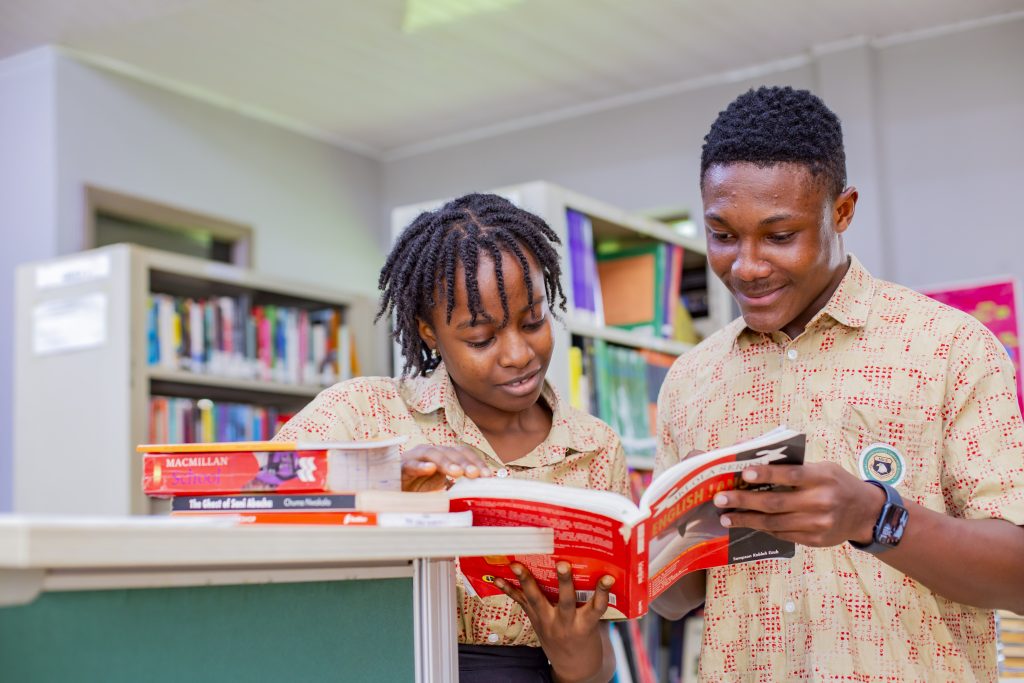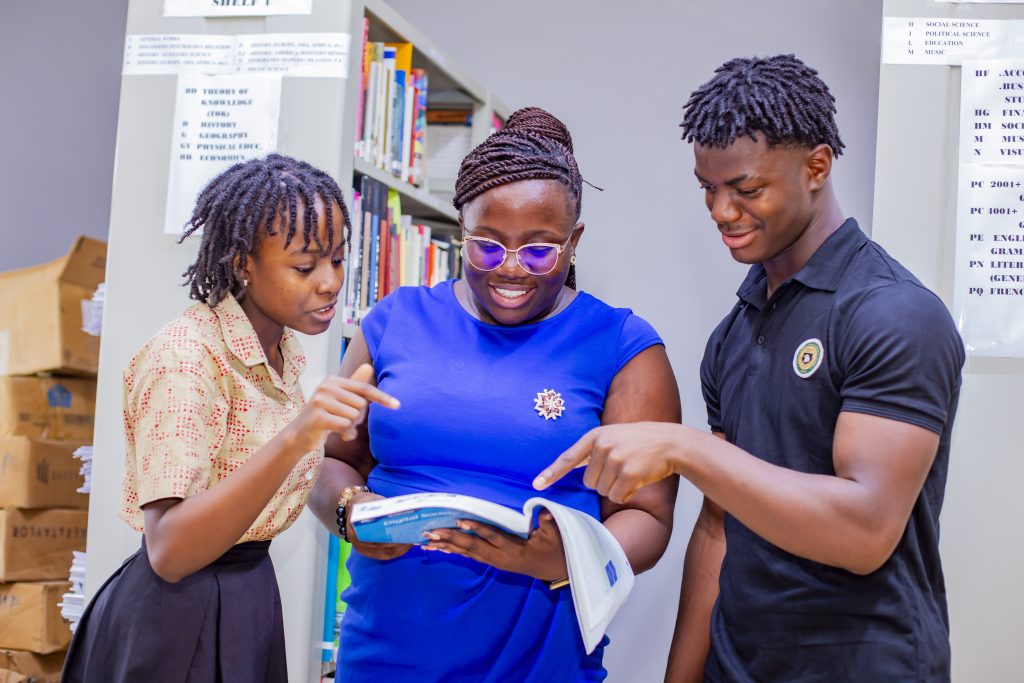Key Points at a Glance
Metacognition and self-awareness help students become independent, lifelong learners.
Learning strategies like active recall, spaced repetition, and elaboration are more effective than passive studying.
Teaching students how to learn builds confidence, critical thinking, and adaptability in a fast-changing world.
In traditional classrooms, the focus often lies on what students need to learn: facts, dates, formulas, and textbook chapters. But forward-thinking educators know that true academic success doesn’t just come from memorizing content—it comes from understanding how to learn.
Helping students develop effective learning techniques, critical thinking, and self-awareness leads to deeper understanding, greater independence, and lifelong success.
At places like Morgan International Community School (MICS), the emphasis is not only on content delivery but on empowering students with the tools and mindset to learn better.
Let’s explore why teaching students how to learn is essential, and how educators, parents, and institutions can make it happen.
Why the “How” Matters More Than Ever
Today’s learners face a rapidly changing world where the knowledge they gain today may become outdated tomorrow. That’s why students need:
The ability to adapt
The capacity to solve problems creatively
The confidence to learn independently
Teaching how to learn cultivates these essential life skills, helping students move beyond memorization toward mastery.
1. Teach Metacognition: Thinking About Thinking
Metacognition means being aware of your own learning process. When students learn to monitor what they understand (and what they don’t), they gain control over their progress.
Strategies to build metacognition:
Have students reflect on what they learned after each lesson.
Ask them to write “What I know / What I want to learn” before starting new topics.
Encourage self-assessment and goal-setting.
At MICS, educators use these reflective strategies to help learners take ownership of their academic journey.
2. Promote Evidence-Based Study Techniques
Many students believe rereading notes or highlighting text is enough—but research says otherwise. Students benefit more when taught how to use:
Spaced Repetition: Review material over increasing intervals.
Active Recall: Practice retrieving information without looking at notes.
Elaboration: Explain concepts in your own words and link them to real life.
Dual Coding: Combine visuals and text for stronger memory retention.
Teaching these strategies equips students with scientifically proven tools to learn more effectively.
3. Foster a Growth Mindset
A growth mindset teaches students that intelligence isn’t fixed—it can grow with effort and the right strategies.
How to encourage it:
Praise effort, not just results.
Use language like “not yet” instead of “wrong.”
Create a culture where mistakes are learning opportunities.
MICS integrates this mindset into its learning culture, and it helps students embrace challenges with resilience.
4. Create Active, Student-Centered Classrooms
Passive learning—where students just listen and take notes—often fails to engage them deeply. Instead, aim for:
Discussions and debates
Project-based learning
Inquiry-led exploration
Peer teaching and collaborative tasks
These approaches give students the chance to practice learning, rather than simply receive information.

5. Encourage Self-Directed Learning
Students need to become drivers of their own education. This means giving them opportunities to choose what, how, and when they learn—within reason.
Ideas to promote autonomy:
Let students set weekly learning goals.
Provide options for how to demonstrate understanding (e.g., presentations, essays, videos).
Teach time management and planning skills.
At Morgan International Community School, learners are given structured freedom to explore their interests while meeting academic goals.
6. Support with the Right Environment
The school environment plays a huge role in how students learn. Supportive spaces that encourage inquiry, creativity, and self-expression help nurture learning independence.
MICS provides such an atmosphere—with passionate teachers, modern learning tools, and a holistic curriculum that fosters both academic and emotional intelligence.

Final Thoughts
Teaching students how to learn empowers them to become confident, independent, and lifelong learners. In a world where change is constant, the ability to adapt and acquire new knowledge is more valuable than simply recalling facts.
By fostering metacognition, using science-backed study techniques, encouraging growth mindsets, and promoting autonomy, educators can transform not just classrooms—but futures.
Schools like Morgan International Community School (MICS) lead the way in this approach, showing how cultivating how to learn can unlock every student’s full potential.
